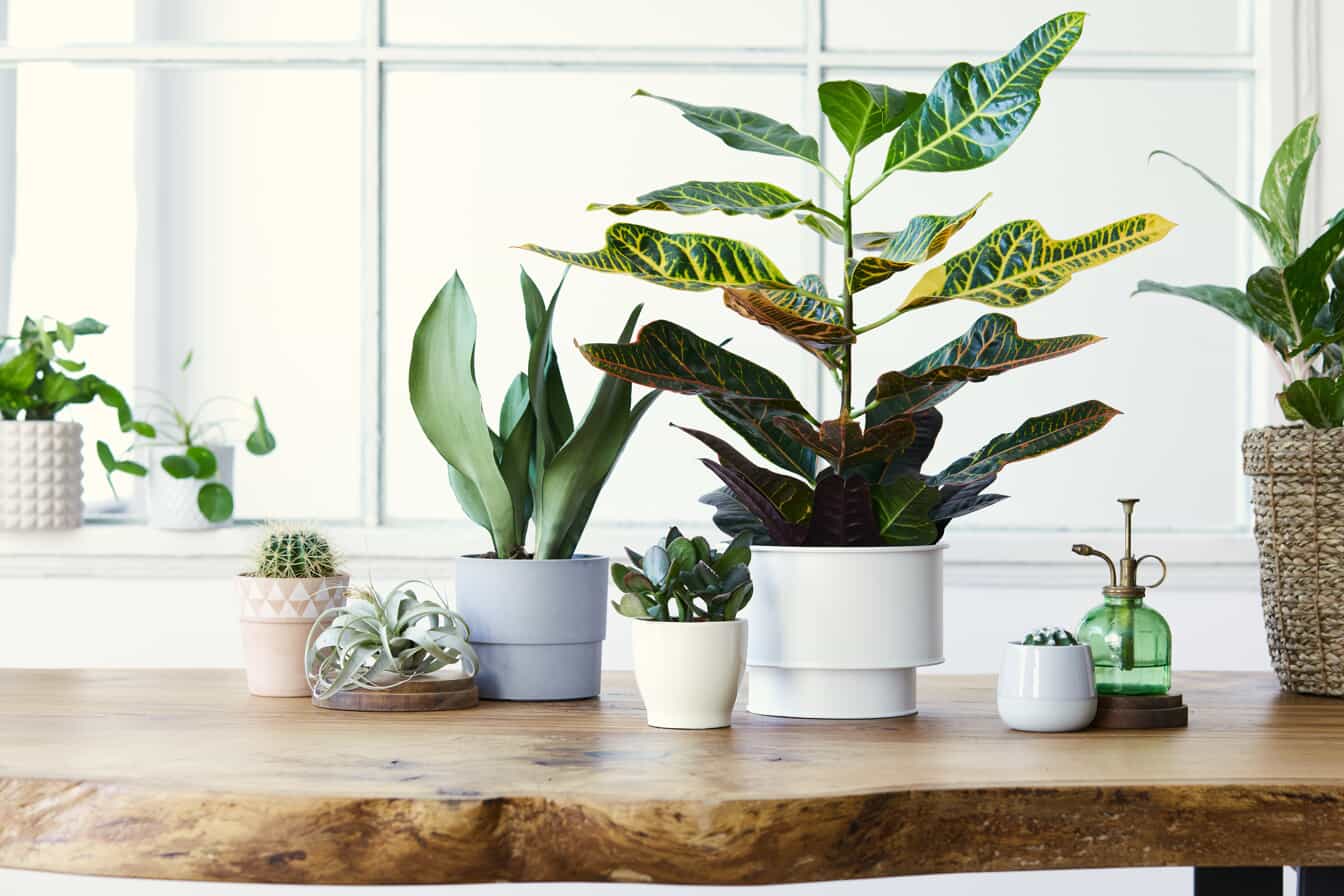Floor Cleaning with Household Vinegar
Have you been making an effort to go green in your floor-cleaning routine? Or maybe your favorite mopping solution was sold out at the store? Never fear! Household vinegar will save the day. Let the cleaning professionals at Merry Maids® give you some tips on how and when to substitute a vinegar solution for your usual liquid floor cleaner.
How Does a Vinegar Cleaning Solution Work?
Those in the know love cleaning with vinegar because it is non-toxic, eco-friendly, and inexpensive—and, of course, it’s effective. Acetic acid gives vinegar it’s pungent smell and sour taste, as well as it’s cleaning properties. In fact, acetic acid can be found as an ingredient in some store-bought cleaning solutions. Distilled white vinegar usually has an acidity around 5%, which gives it the power to cut through dirt, mineral deposits, and hard-water stains. This acidity also gives it some mild disinfectant properties, though we don’t recommend relying on vinegar for thorough disinfection.
Apple cider vinegar has a similar acidity to white vinegar, so you can certainly swap one for the other in DIY floor cleaning solutions. Some people prefer the scent of one to the other, though you can add a couple drops of essential oil to either one for a more pleasant smell. One caveat: Apple cider vinegar has a darker color because it is made from fermented apples; be sure to dilute it properly to avoid any discoloration of surfaces.
As for balsamic vinegar, red wine vinegar, rice vinegar, or other types of vinegar you may have in your kitchen cupboard? Stick to the culinary recipes with those rather than the cleaning ones!
Using Vinegar for Specific Floor Types
Here are four common household flooring materials, along with some guidance on how to use vinegar as an effective cleaning tool. For any of these surfaces, begin by sweeping or vacuuming thoroughly to remove as much loose dirt and debris as possible.
Tile
Create a mopping solution of ½ cup of vinegar and one gallon of warm water. Proper dilution is important, since vinegar’s acidic, abrasive properties can have a stronger effect on some materials than others—tile being one of those. When mopping, less is more; make sure to wring out your mop thoroughly after each dip. Let floors air dry, which shouldn’t take very long if you’re wringing out the mop before each pass.
Linoleum
Use a ratio of 1 cup of vinegar to one gallon of hot water to mop linoleum floors. As above, be sure to wring out your mop thoroughly so that it is damp rather than dripping wet. Linoleum is a durable material but can be damaged by too much moisture (such as standing water), so less is more here, as well. After you’ve mopped the entire floor, you may wish to dry any particularly wet areas with a microfiber cloth, or simply allow it to air dry.
Wood
Mix ½ cup of vinegar with one gallon of hot water to create your mopping solution. Wring out your mop thoroughly so that it is only damp and doesn’t saturate wood floors with moisture to avoid damage. Keep in mind, vinegar formulas should only be used on sealed or prefabricated hardwood floors, never waxed or unfinished hardwood. If you are concerned, test out a hidden or inconspicuous spot first.
Carpet
Yes, carpet! Vinegar is a great way to deodorize or spot-clean synthetic fibers. To help freshen carpet, combine 1 teaspoon of baking soda and 1 tablespoon of vinegar with 2 cups of warm water in a spray bottle. It will fizz a bit—remember those baking soda and vinegar volcanoes in science class?—but once it settles down, spritz onto your carpet and allow it to air dry. To spot-clean fresh stains, blot the stain with a clean cloth, then spray with a 1:1 mixture of white vinegar and water and allow it to sit for a few minutes. Finally, blot the spot again to remove excess moisture.
Surfaces You Shouldn’t Clean with Vinegar
When properly diluted, vinegar should be safe to use on a variety of household surfaces, but there are some you should avoid. The acidity of vinegar, even diluted, may be enough to scratch or degrade these materials over time:
Granite
Marble
Stone
Waxed finishes
If you aren’t sure about the finish of your floor or you want to make sure your vinegar solution won’t damage it, do a patch test in a spot that’s hidden or out of the way.
One last word of caution: Never mix vinegar with bleach. Although each can be a safe, powerful cleaning agent on its own, together they create toxic and dangerous chlorine gas. Stay safe and keep these two household chemicals apart!
Feeling inspired? Check out more tips on cleaning with vinegar from our cleaning experts at Merry Maids®!














